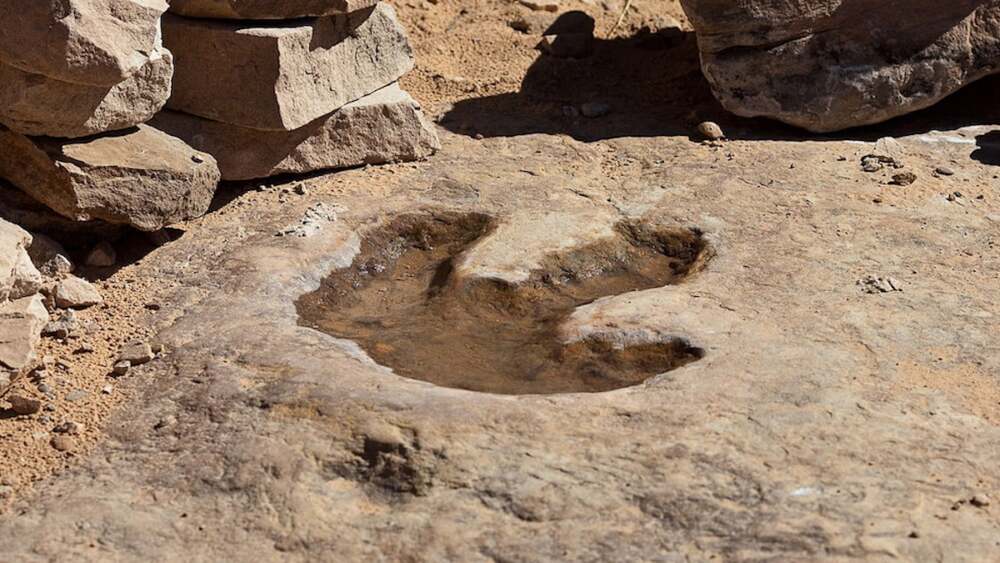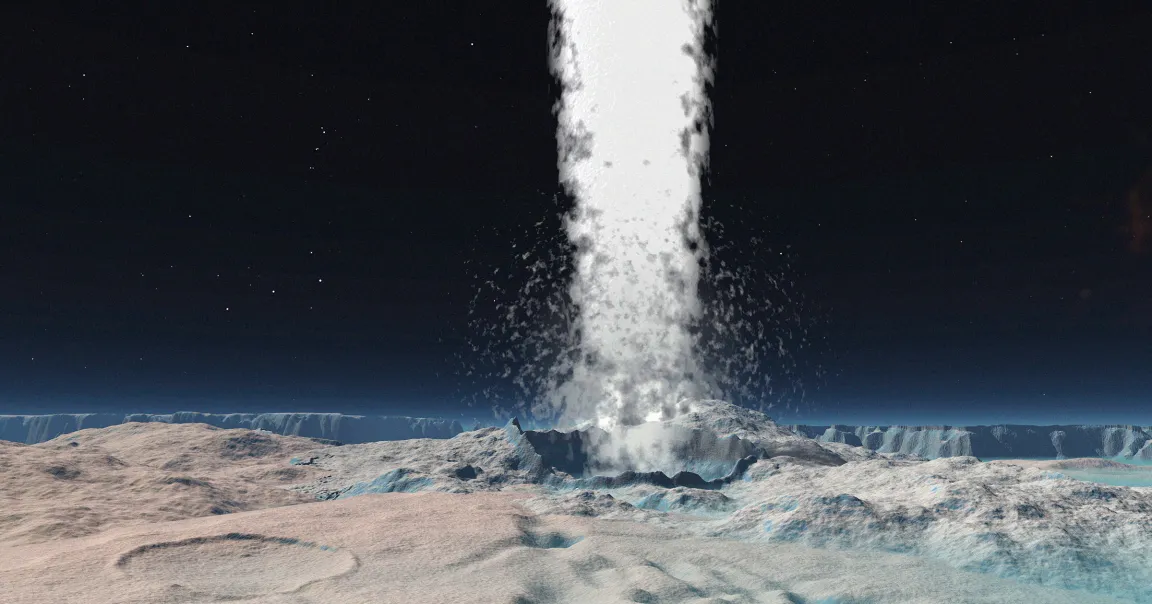In a monumental leap for planetary science, researchers have confirmed that Mars possesses a solid inner core, resolving a mystery that has intrigued scientists for decades. This discovery, derived from extensive seismic data collected by NASA’s InSight lander, provides unprecedented insight into the interior structure, geological history, and evolutionary trajectory of the Red Planet.
InSight Mission: Listening to Mars’ Heartbeat
Launched to Mars in 2018, NASA’s InSight mission was designed to probe the interior of the planet, aiming to measure seismic activity, heat flow, and planetary structure. The lander’s seismometer recorded more than 1,300 marsquakes, which are analogous to earthquakes on Earth, providing a rare glimpse into the Martian interior.
Through careful analysis of 23 significant marsquakes, scientists identified seismic waves that traveled through Mars’ core, revealing a distinct phase that could only be explained by the presence of a solid inner core. This breakthrough offers the first direct evidence confirming that Mars, like Earth, has a layered internal structure with both solid and liquid components.
The Composition and Size of Mars’ Core
According to the study, Mars’ inner core has an approximate radius of 600 kilometers (about 370 miles) and is primarily composed of crystalline iron and nickel, with lighter elements such as sulfur and oxygen likely incorporated. Surrounding this solid core is a liquid outer core extending up to 1,800 kilometers (approximately 1,100 miles) from the planet’s center.
This stratified core structure closely mirrors Earth’s, where a solid inner core is encased by a molten outer layer. Such a configuration is essential for understanding how planetary magnetic fields are generated and sustained, shedding light on the dynamic processes occurring deep within Mars.
Implications for Mars’ Magnetic History
One of the most intriguing aspects of this discovery relates to Mars’ past magnetic field. Earth’s magnetic field arises from convection within its liquid outer core, creating a protective shield against solar winds. The presence of a solid inner core on Mars suggests that the planet once maintained a magnetic dynamo, which could have helped retain its atmosphere and supported the existence of liquid water on its surface billions of years ago.
Today, Mars lacks a global magnetic field, and its atmosphere is thin. Scientists hypothesize that the slow crystallization of the inner core over geological time may have contributed to the weakening and eventual cessation of the magnetic dynamo, leading to atmospheric loss and a shift to the arid, cold conditions observed today. Understanding this transition is vital for reconstructing the planet’s climate history and evaluating its potential habitability in the past.
Comparisons with Earth and Other Planets
The revelation of a solid inner core on Mars enables meaningful comparisons between terrestrial planets in our solar system. While Mercury, Venus, and Earth each have unique core structures, Mars provides a critical data point for understanding how planetary interiors evolve. The similarities to Earth’s core suggest that Mars may have undergone comparable internal processes, including differentiation, crystallization, and thermal evolution, but diverged in the strength and longevity of its magnetic field.
Such comparisons also assist in modeling exoplanetary systems, as scientists can infer how planets of varying sizes and compositions might evolve over time. Studying Mars thus has ramifications far beyond our solar system, informing theories of planetary formation and interior dynamics across the galaxy.
Challenges and Future Exploration
Despite this breakthrough, many questions remain about Mars’ interior. The InSight mission concluded in 2022, leaving a gap in continuous seismic monitoring. Without additional landers equipped with advanced seismometers, capturing ongoing data to monitor Mars’ internal activity is challenging.
Future missions could deploy networks of seismic instruments across the planet, providing a three-dimensional understanding of the Martian core, mantle, and crust. Such efforts would not only validate current findings but also clarify how heat flows through the planet, how marsquakes propagate, and how internal processes influence surface conditions.
Cultural and Scientific Significance
Beyond its scientific implications, this discovery captures the imagination. Understanding Mars’ interior bridges the gap between observation and theory, allowing humanity to “listen” to the heartbeat of another world. It also reinforces the Red Planet’s relevance in the search for life and future human exploration, offering clues about past environments that may have been hospitable to life.
Conclusion: A Milestone in Planetary Science
The confirmation of a solid inner core on Mars represents a historic milestone in planetary science. By revealing the planet’s inner architecture, scientists gain critical insights into its thermal history, magnetic evolution, and potential habitability. As exploration continues, Mars remains a compelling laboratory for understanding not only our solar system but the broader mechanisms that shape rocky planets throughout the universe.
This breakthrough emphasizes the importance of continued planetary exploration, reminding us that even in a world millions of kilometers away, there are secrets waiting to reshape our understanding of how planets live, evolve, and sometimes die.
















Leave a Reply